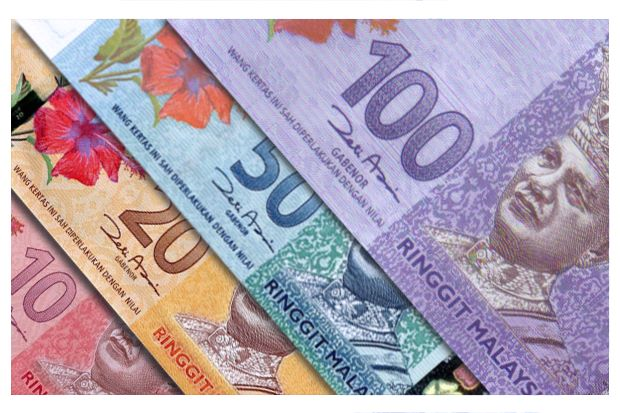Asian currencies drift as investors shy away from risk
BENGALURU: Most Asian currencies drifted on Thursday, with investors shying away from risk ahead of key central bank meetings next week and due to political uncertainty in the Middle East.
Market players expect the mood to be cautious in the run up to next Thursday, when both the US Federal Reserve and the European Central Bank are expected to hold policy meetings.
A Reuters poll showed a rate rise was almost certain at the Fed’s Dec 14 meeting, with three or more rate hikes expected next year. Expectations for a more vigorous rate cycle in 2018 got wind from progress in President Donald Trump’s tax cut plans.
On the other hand, the ECB is expected to stand pat on policy at its meeting next week in Frankfurt.
Elsewhere, Trump on Wednesday reversed decades of US policy and recognised Jerusalem as the capital of Israel, imperilling Middle East peace efforts and upsetting the Arab world and Western allies alike.
The dollar on Thursday shook off losses against the yen, buoyed by optimism on US tax reform and ahead of payrolls data on Friday.
Meanwhile, a potential US government shutdown looms if Congress fails to agree on a spending package.
“The debt ceiling limit is another source of worry as emergency measures are only likely to last for 2/3 months before the Treasury runs out of funds,” DBS Group strategists Eugene Leow and Philip Wee said in a note.
“Politics is likely to dominate macro cues at a time when valuations for risky assets appear lofty. Brace for volatility ahead,” they said.
All local currencies in Asia were subdued, with the ringgit the weakest among its peers against the dollar, easing 0.2%.
“There’s still quite a lot of equity outflow happening,” said Andy Ji, a strategist for Commonwealth Bank of Australia in Singapore. “The ringgit is still outperforming though.”
The Malaysian currency has been on an uptrend since early November, helped by a strong economy and rate rise expectations.
The South Korean won, the region’s biggest decliner in the previous session, was 0.16% firmer against the dollar, despite a 0.8% fall in the Kospi index.
Ji said the won could be trading on the notion of ”a very hawkish central bank at this point in time despite a dovish rate rise”.
Last month, the Bank of Korea raised its benchmark rate by 25 basis points to 1.5% from a record low level.
The Indian rupee firmed marginally on Thursday after the Reserve Bank of India (RBI) kept rates unchanged in its policy meeting the day before, as expected, and left its policy stance “neutral”.
The central bank was also seen as slightly softening its language on inflation by saying risks were ”evenly balanced”.
The RBI raised its headline inflation projection in the range of 4.3% to 4.7% for the second half of 2018, compared with 4.2% to 4.6% earlier.
“Further upside to inflation and growth will nudge the RBI to turn hawkish, the likelihood of which is steadily rising,” said DBS Group economist Radhika Rao. – Reuters
Source: https://www.thestar.com.my/business/business-news/2017/12/07/asian-currencies-drift-as-investors-shy-away-from-risk/#XJC8F10hlyaoq1md.99


 English
English




